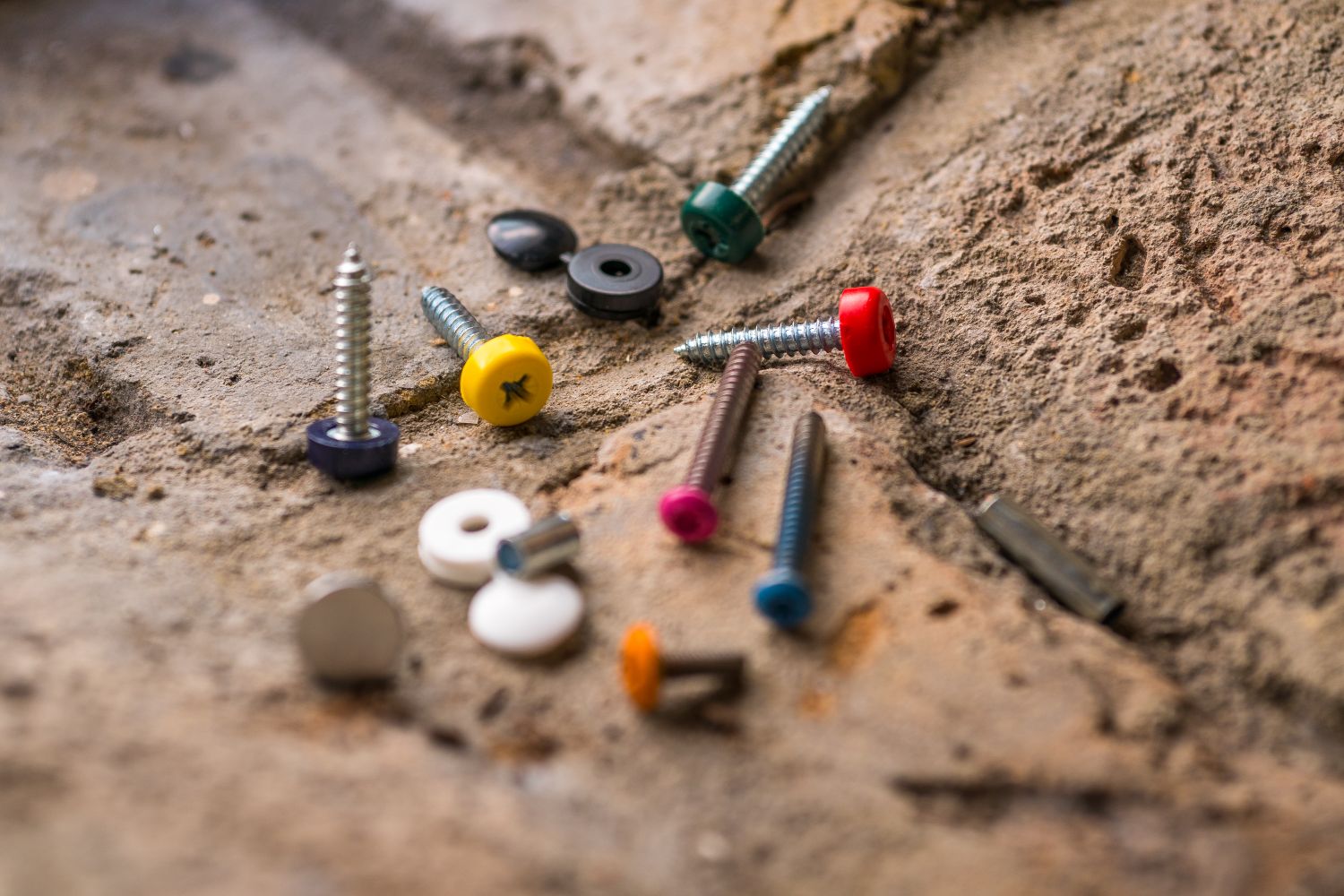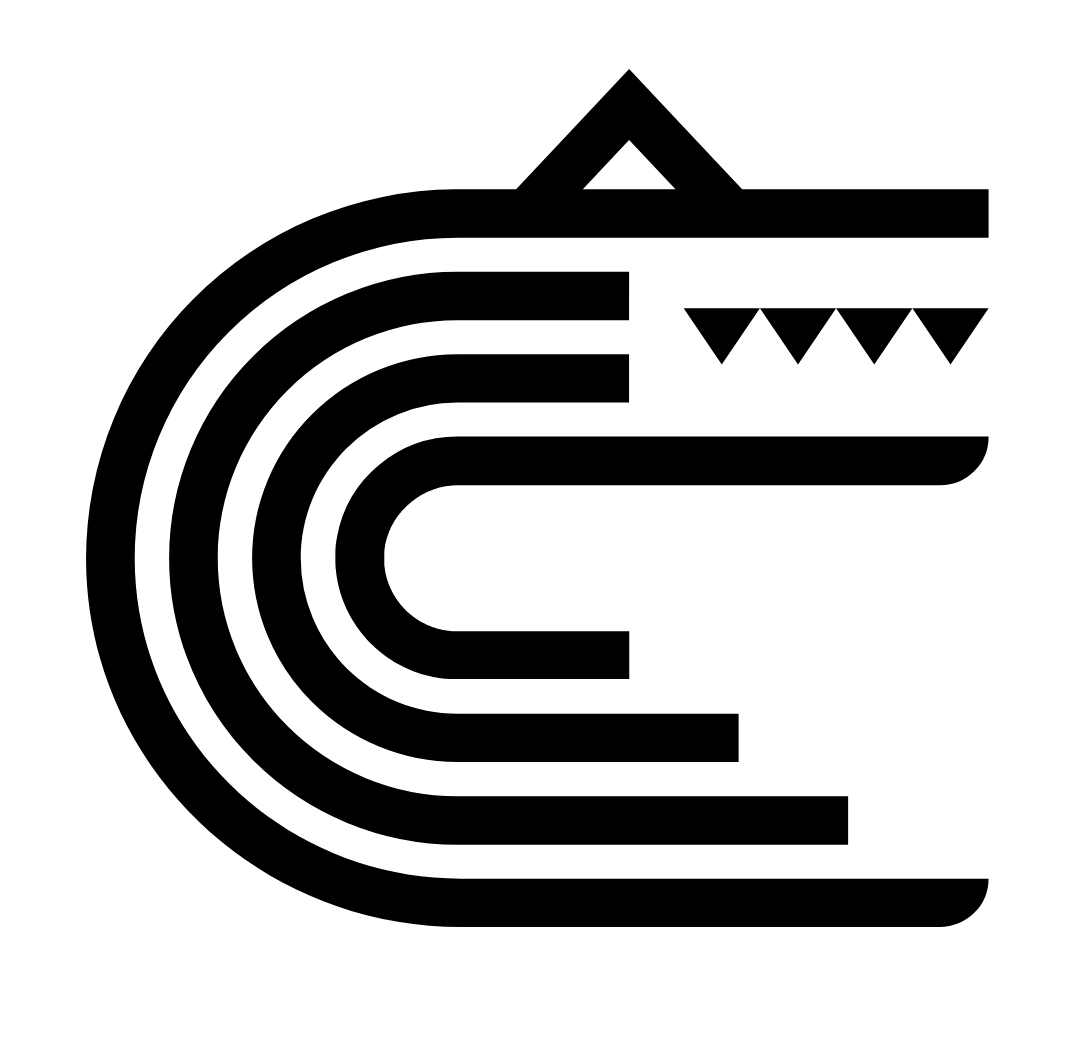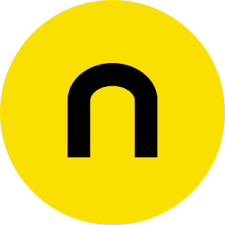Fix It: What Fitting Systems To Use & When
Do you wonder what a Mexican style confrontation has to do with signs when you hear the word ‘standoff? Well, we’re here to make sign fittings a little less confusing. From hanging signs and split battens for those all important wayfinding systems, to pop locators and simple nuts and bolts for your office signs – we’re going to fill you in on what we know with our very own photo guide.
We’ve been firmly fastened to the sign making and installation industry for 30 odd years, so we can safely say we know our way around all sorts of securing systems. You will be familiar with some of these fixings, and others you may have never seen before. This blog is here just to give you an idea of what is available out there and how it can work for you…


What are they?
We’ll start with an obvious one but they’re worth mentioning nonetheless, as screws and bolts are relatively common in sign installation! Flat pack lovers (or haters) will of course know they come in many different sizes, types, metals, shapes and finishes.
There are literally hundreds of drive types – from plastic rawl plugs that give that extra grip in solid walls and toggle bolts for hanging heavy elements on drywall, to wood screws for timber and steel tapping screws for threading through metals or plastics – and they are all indeed tightened with a screwdriver or power drill.
There are also these sneaky things called ‘security screws’ – they come with their own special hand tool making them difficult to remove, if that’s what you’re after, or chemical bolts which are high strength metal fixings that are set with a hardcore resin, perfect for a destination wall that’s made out of solid substrate usually stone, concrete or brick.
Uses
With screws and bolts, as long as you get the appropriate materials, shank diameter and length, their tensile strength means they’ve a high load-carrying capacity, and they work with a variety of signs.
Made with zinc plated steel, brass or stainless steel, these little guys are typically quite visible, but you can give them a paint or deck them out with cover caps, which come domed or flat in a variety of gorgeous garbs including mirror, chrome, brass and plastic.
The downside is that they are pronounced, but they’re easy to find, good indoors or outdoors, pretty cheap and sturdy, and mostly don’t require specialist tools.
Examples





What are stud fixings?
Studs are essentially thin threaded rods which are mounted to the back of flat panels or letters. They can be attached to a wall by pushing or glueing them into pre-drilled holes.
How do stud fixings work
The downsides with this fixing are mainly related to the way studs need to be attached to the reverse of your sign – you need to use a template and drill holes into the surface.
To do this, and generally to accommodate the stud without damaging the face, you’ll have to have a minimum thickness of 10mm and a minimum stroke width of 10mm to work with. No slender letters to be seen here…
You then cut the protruding rod to length, cover it with a tubular spacer to make it pretty, and fit your sign spaced away from your surface for some funky shadow illusions, or, just keep it flush. When going for the latter, you can make this already very secure fitting super duper secure with mounting glue or double sided tape.
Examples

What are locator fixings?
Available in a variety of classy metals and in a rainbow of plastic colours, these cute wee fixings are also known as pop locators because they’re made of two parts that snugly fit together in (not so) eternal embrace. Aww!
Examples of locator fixings
The locator fixing effect
Metal locators can be screwed or glued onto plastic, wood or metal signs. Plastic pop locators work best with lighter weight materials such as acrylics.
The result of this secure and hidden fixing is a spaced off sign that can be easily snapped on and off the wall for when you’re redecorating.



What are stand offs?
Available in a range of metal finishes, these small fixings provide a modern touch both indoors and outdoors. The fittings consist of a female back section, attached to a wall surface by an internal thread, and a male front section that’s in turn threaded through a hole in a glass or acrylic panel. The two sections screw together to create a sign that looks like it’s floating in suspended stylishness.




Everything you need to know about stand offs
The panel has to be maximum 10mm thick, and the heavier your sign – the more stand off fittings you need. On the plus side, they can be easily removed when you want to update your graphics and there are lockable versions available for extra security.
Projects with stand offs



How do they work?
Ceiling fixings make for a nifty display system. Encompassing height adjustable hanging wires that are streamlined for discreteness, they ensure all eyes are zoned in on the sign. Using a clutch-release mechanism or magnets, the signs are attached to the wires, which in turn are screwed into the ceiling or locked onto suspended grids, depending on your roof’s height, accessibility and structure.
Need to know
The term drop dead gorgeous was never more appropriate! Hanging fixings are a fantastic way to exhibit wayfinding signs, particularly in open plan areas, where there’s plenty of natural light or spot lighting. You can also maximise visibility by using both sides of your sign. The fitting’s hardware components support up to 10mm panel thickness, usually made of acrylic, plastic or aluminium.







When two become one
This fitting is made up of two elongated interlocking brackets, also known as French cleats. Edged with a 45 degree bevel, an L shape or a Z shape, both brackets are identical so that they hook on to each other easily. The first bracket is used the right way up on the wall, while the other is applied upside down on the sign. They are then slotted together to make one complete split batten.




Just hanging
They’re a smart choice for those who want a hidden fixing for thicker, larger, rigid panels. Once locked into place, split battens are so indiscernible, signs appear to float off the wall, and they can be further concealed by adding a return to the edges of your sign.
Never out of luck
Of course there will be a time when none of the above are just right, but there are plenty of nicknacks and tricks of the trade that will serve your purpose well and provide the perfect level of support – from double-sided tape that’ll reinforce other fittings or hold extra finicky lettering in place (like this Centtrip logo we did), to wedge/anchor fixings as pictured. They come in a huge variety and are great for more heavyweight jobs, drilling into masonry walls or for getting past pesky electrics.
Whatever the sign, there’s always a fitting way forward.
There’s a lot to think about when making a sign for your business or brand. What does it represent? What purpose does it fulfil? What size does it need to be? Where’s it going to be installed? Who is going to see it? How does it need to look? Will it fit with your identity?
Naturally these questions are at forefront of your mind, but we believe most people actually falter when it comes to putting up signs. Fittings find themselves a frequently under considered part of sign design, so we hope we’ve helped you get to grips with the basics here. Remember, quality is key and giving small amount of attention to this tiny little detail can be transformative to the overall look and feel your sign achieves, in a big way!



















